Showing all 4 results
-
Moby Dick Mushrooms
$240.00 – $1,300.00Select options This product has multiple variants. The options may be chosen on the product page
Psilocybe Cubensis Substrate
Nothing is more crucial than producing Psilocybe Cubensis Substrate in the proper substrate. You will need to purchase your own substrate unless you are purchasing a mushroom grow kit that includes everything.
The trouble is, unlike growing plants, where regular store-bought soil would suffice, cultivating magic mushrooms is an altogether other beast. Mushrooms are technically fungus rather than plants, which means they have certain substrate needs.
What Is A Psilocybe Cubensis Substrate?
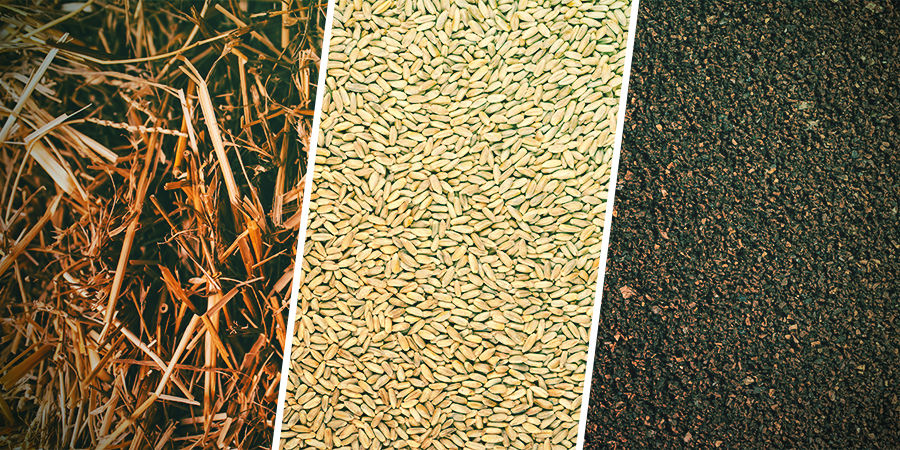
Plants acquire energy from sunshine and collect water and nutrients from the soil to develop. Fungi, on the other hand, do not need light to develop and feed on decaying organic matter in the environment.
The Psilocybe Cubensis Substrate provides energy and nourishment to the mushroom mycelium (the underground component of a fungus). As a result, it is the most significant component in cultivating magic mushrooms.
When you buy a ready-to-grow mushroom kit from Zamnesia, it already includes a suitable substrate (a combination of perlite and vermiculite) and colonised “spawn,” such as a rye cake penetrated with mycelium. After some simple preparation, the mycelium in your kit will begin to grow, and your mushrooms will follow.
However, if you want to grow mushrooms in large quantities, you will need a suitable substrate that has been infected with mushroom spores or combined with mushroom spawn. The mycelium subsequently spreads throughout the substrate, eventually producing mushrooms (the fungus’s above-ground fruiting bodies).
There are several mushroom substrates. Straw or hardwood sawdust are two frequent ones, as is a blend of coco coir and vermiculite. Coffee grinds or manure may also be used as a mushroom substrate.
Unlike garden soil, mushroom substrates must be prepared before use. You’ll need to add water and maybe fertilizer as well. Most essential, the substrate must be pasteurized or sterilised.
Pasteurising Or Sterilising Mushroom Substrates
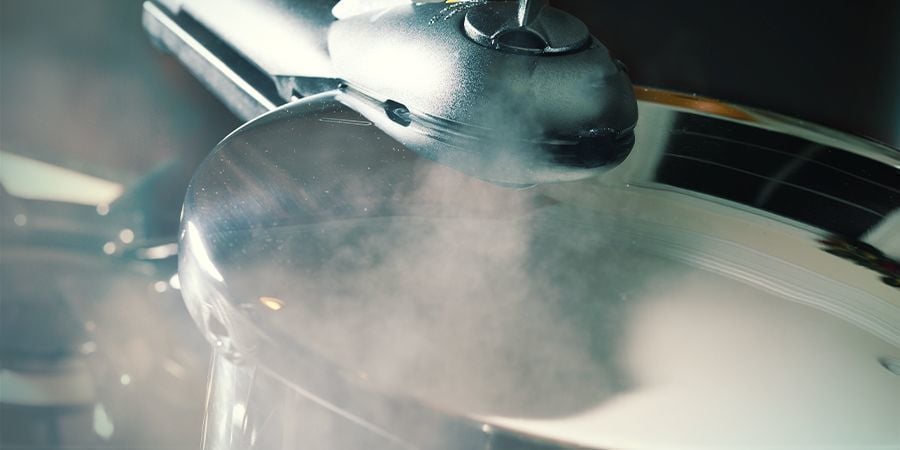
Mushroom substrates such as straw, wood, dung, and so on are rich in organic components that your mushrooms will use as they develop. However, substrates may also include mould, bacteria, and other (unwanted) fungi in addition to these compounds. The problem is that these pollutants often outgrow your magic mushrooms, fighting for space and resources. You obviously do not want this. You must remove these impurities if your mushrooms are to develop properly.
This may be accomplished by pasteurizing or sterilising your substrate before adding mushroom spores.
PASTEURISATION
Pasteurisation is the process of heating your substrate to temperatures ranging from 65 to 85°C for a few hours utilizing a hot water bath or steam. This will not eliminate all hazardous microorganisms, but it will give your mushrooms a head start. Certain microbes may, in fact, benefit by remaining in the substrate.
Sterilisation
To disinfect the substrate, heat it under pressure to a significantly higher temperature (120°C+). This will kill any live microbes that may otherwise compete with (or even ruin) your mushrooms.
When To Pasteurise / Sterilise
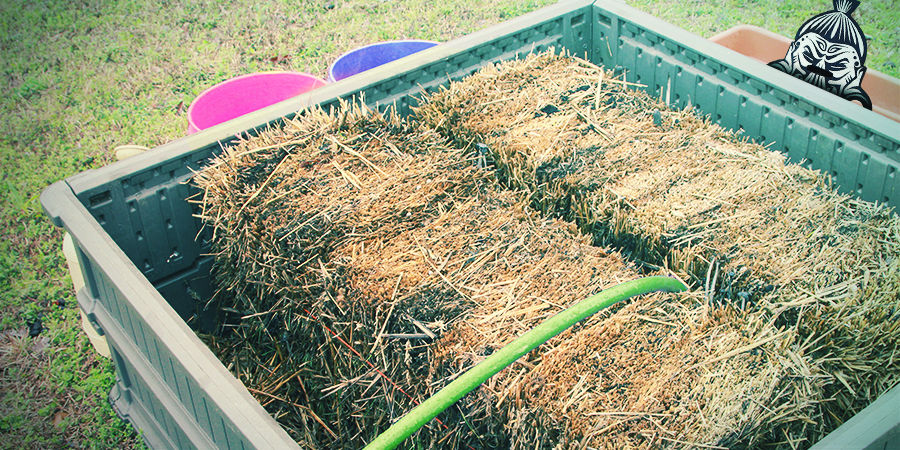
The sort of substrate you’re using determines whether you need to pasteurize or sterilise. Those with lower nutritional contents, like as non-supplemented straw, may be processed only by pasteurisation.
Substrates holding very high amounts of nutrients, such as supplemented hardwood sawdust, must be sterile since they are often contaminated with mould and other types of dangerous microbes.
Common Mushroom Substrates
A good substrate should not only include all of the organic ingredients your P Cubensis Substrate need to thrive, but it should also be simple to deal with and inexpensive. Understand that there is no “best” solution for all species of Psilocybin Cubensis Substrate. As a consequence, some growers prefer to test various substrates to discover which one produces the greatest results for each species of shroom.
Coco Coir And Vermiculite
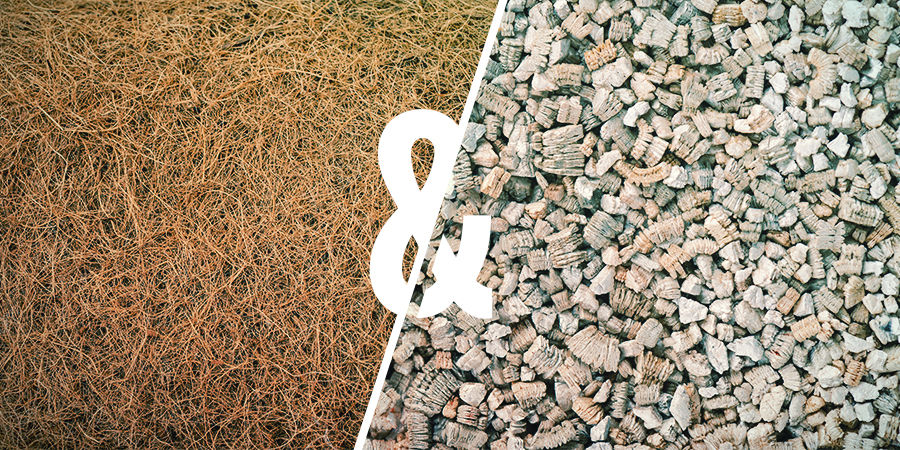
A Psilocybe Cubensis Substrate For Sale made of coco coir and vermiculite is ideal. Coco coir is formed from the husks and shells of coconuts, while vermiculite is a heat-treated and expanded mineral with a high water retention capacity. A standard 1:1 blend of coco coir and vermiculite.
A coco coir and vermiculite mixture is not very nourishing for plants, but it is sufficient for growing a variety of Cubensis Substrate. Pasteurize it before inserting your spores.
COFFEE GROUNDS
Good gardeners understand the value of used coffee grounds. Because they are rich in nitrogen, they make a great soil amendment. Coffee grounds are also suitable as a Best Cubensis Substrate, however they are not our first choice. Because discarded coffee grounds are high in organic compounds, they may readily contaminate your business.
As a result, rather of utilizing them on their own, it is generally preferable to combine them with other substrates such as coco or sawdust. Sterilisation is preferred, however pasteurisation may also be used.
LOGS
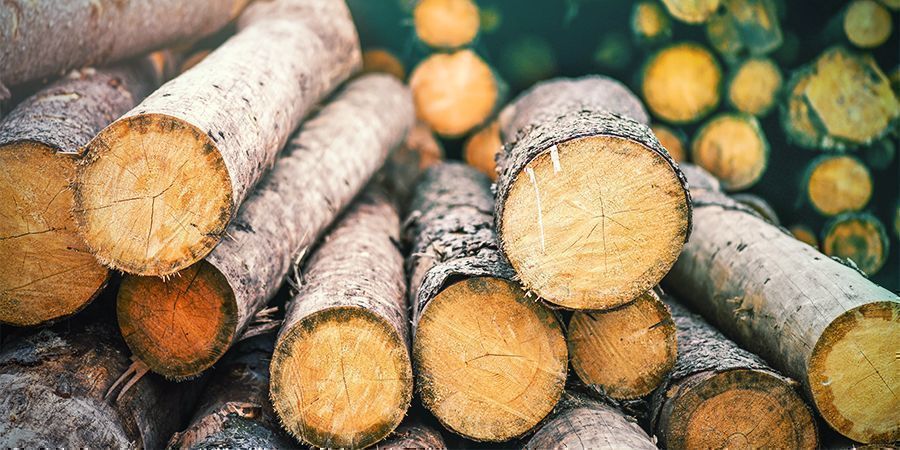
Best Psilocybe Cubensis Substrate like devouring degraded organic stuff, which includes rotten wood. In theory, getting a log and cultivating some magic mushrooms seems like a wonderful idea, but in fact, it may be a little complicated.
To begin, not all mushrooms will grow on a log since some consume just particular types of wood and not others. Second, it might take many months to a year for the first flush of flowers to appear.
However, it may be worthwhile if just for ornamental reasons in your yard. A log, once infected, may produce flushes for many years and requires no care or sterilizing!
LIVING TREES Fungi often create a mutually beneficial interaction with other species known as mycorrhizal association. That would be trees in our instance.
You may come across trees in the woods that have mushrooms growing organically along their trunks or branches. Inoculating a genuine tree with Psilocybe Cubensis Substrate spores would be difficult and impractical for our goals, yet it may be doable. Logs are ideal for mushroom cultivation at home.
MANURE
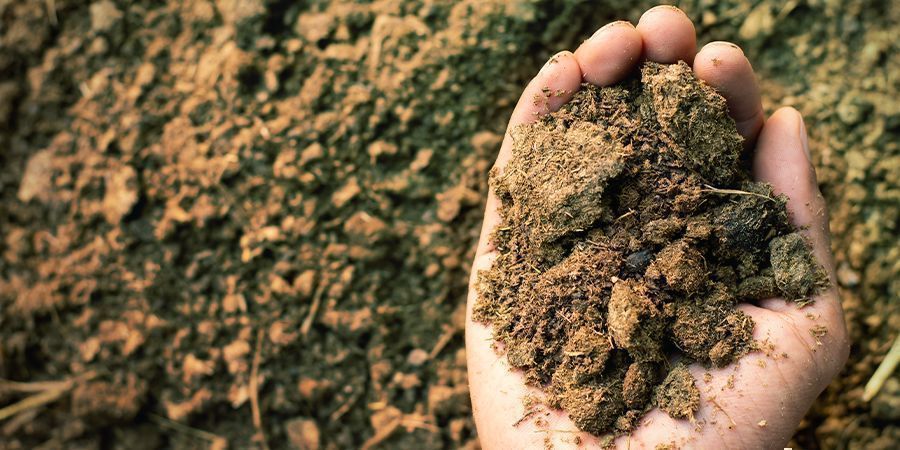
Many mushroom species, especially Psilocybe variants, really like manure. Manure is often utilized in commercial growth of edible mushrooms, which may be a time-consuming process.
Manure must be composted to provide a suitable substrate. This is accomplished by heating a mixture of manure and straw to 72°C, which kills the “bad” microbes while benefiting the beneficial ones. Following that, the compost is pasteurised once again to eliminate any leftover pollutants. Although commonly employed in the business sector, manure is not suitable for residential usage.
HULLS MADE FROM SOY
Another good substrate for mushroom growing is soy husks. By combining them with hardwood sawdust, you may obtain excellent results. Depending on the sort of mushies you’re cultivating, you may need to experiment to discover the best ratio. You may begin with a 1:1 ratio and work your way up to discover what produces the greatest results.
Sawdust Or Wood Chip Mixes
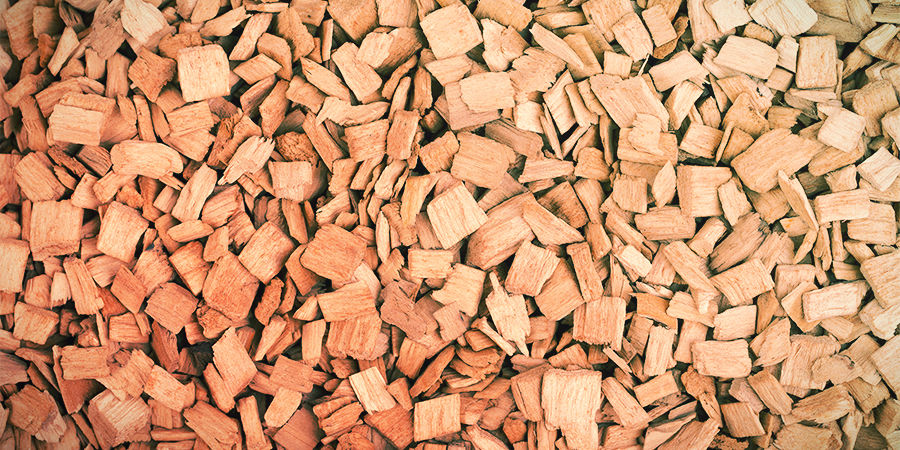
In addition to coco and vermiculite mixtures, hardwood sawdust is a popular substrate for mushroom development. It’s appealing since it’s a waste product from the wood industry, which means it’s commonly accessible and inexpensive. Sawdust, on the other hand, is seldom utilized alone; it is usually blended with wood chips to increase its structure and pace of colonisation.
However, not just any sawdust will do for mushrooms; it must be from a hardwood such as oak or maple. Magic mushrooms cannot be grown in softwoods.
Wood pellets may be used instead of hardwood sawdust. Because they are used in wood stoves, they are commonly accessible. The pellets must be soaked in water and ground into sawdust before inoculation.
STRAW
Straw is a good mushroom growing substrate. As an agricultural waste product, it is typically quite inexpensive, so you may get a lot of it for very little money. Although your mushrooms will enjoy straw, be aware that it might be a bit messy to deal with since it must be chopped, cleaned, and pasteurize. Unless you’re a professional mushroom grower acquiring massive quantities of straw from a farm, a little bag from a grow shop is probably preferable.
This straw is often pre-cut and washed. To pasteurize, place the straw in a container and fill it with boiling water.
Other Magic Mushroom Substrates And Mixes
You should have no issue finding any, or at least some, of the aforementioned substrates to grow your magic mushrooms. But if you can’t for whatever reason, or if you simply want to try something new, there are alternative options. Examine cellulose-based items such as paper and cardboard, as well as discarded grain and tea leaves. However, you won’t know which substrate is ideal for your kind of mushroom unless you try it. There are several DIY mushroom substrate recipes available on the internet.
For some growers, it’s not so much the growth of mushrooms as it is coming up with wonderful new substrate formulas. You’ll have no problem finding like-minded people to chat to and share your experiences with online.
The Best Mushroom Substrate For Psilocybe Cubensis
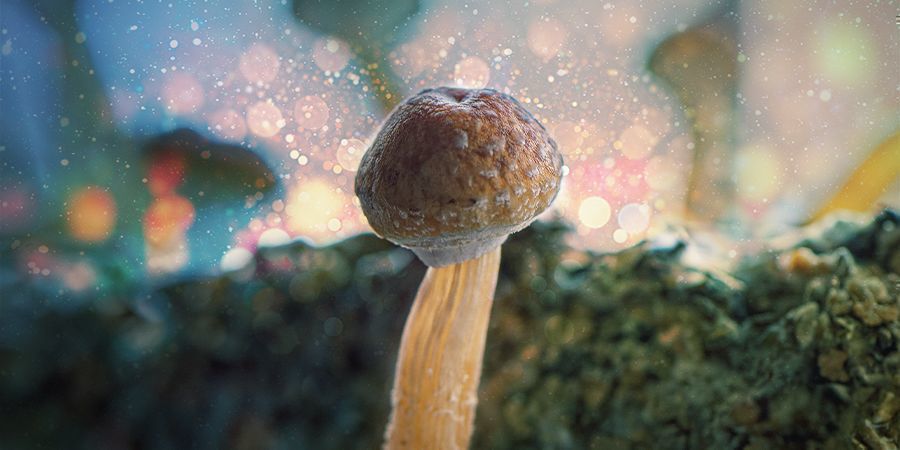
So, what is the greatest substrate for producing Psilocybe cubensis, otherwise known as our magical mushrooms and truffles? In our experience, mixtures of coco coir and vermiculite, as well as straw and manure, provide excellent results. This is not to indicate that you should not employ others; nevertheless, some of these substrates may be more difficult to get or are only ideal when blended.
One of our favorites is a 1:1 blend of coco and vermiculite, which delivers ideal nourishment and has exactly the right structure for growing.
What To Do With Used Magic Mushroom Substrate?
You may be shocked at how much spent substrate you end up with after you’ve ventured deep into the wonderful world of mushroom cultivation. What should I do with it?
If you just have a tiny enterprise, there is no need to throw anything away—compost instead! Set aside a spot in your yard for a lovely pile of garbage that will ultimately transform into the best compost. This way, you’ll not only get some amazing magic mushrooms, but also a terrific soil supplement for whatever else you wish to plant!
Substrate
Growing magic mushrooms need a healthy substrate! Create your own magic mushroom substrate and choose between rye grain preparation and brown rice flower. The PF-Tek technique is more well-known.
Add Perlite for humidity and Vermiculite as a top layer for contamination protection.
Magic Mushroom Substrate
A mushroom substrate is basically every substance mycelium will grow on. The substrate provides all the nutrition to the mycelium to develop and eventually to grow magic mushrooms.
Most used Mushroom Substrates
A basic magic mushroom substrate is rye grain, which is used as a ‘Starter or Spawn. Other substrates for mushrooms are: Coffee, Brown Rice flour, Straw, Sand dust, Manure and Coco Coir.
Each mushroom species will need it’s own specialized susbtrate to grow on. For example : The Psilocybe Cubensis grows very easy on Brown Rice flour (BRF) and Rye Grain. The ingredients can be mixed to get the perfect substrate. Such as PF TEK is a mix of BRF and Vermiculite
How to make the best Mushroom Substrates?
The key to a good substrate is: That it is free of contaminants. It neeeds to be sterilized or pasteurized. Second it needs to have enough nutritional value for the mycelium, Third it should be easy to come by.
All our materials are organic and of the highest quality. With these basic ‘ingredients’ you can make mushroom substrate yourself!




